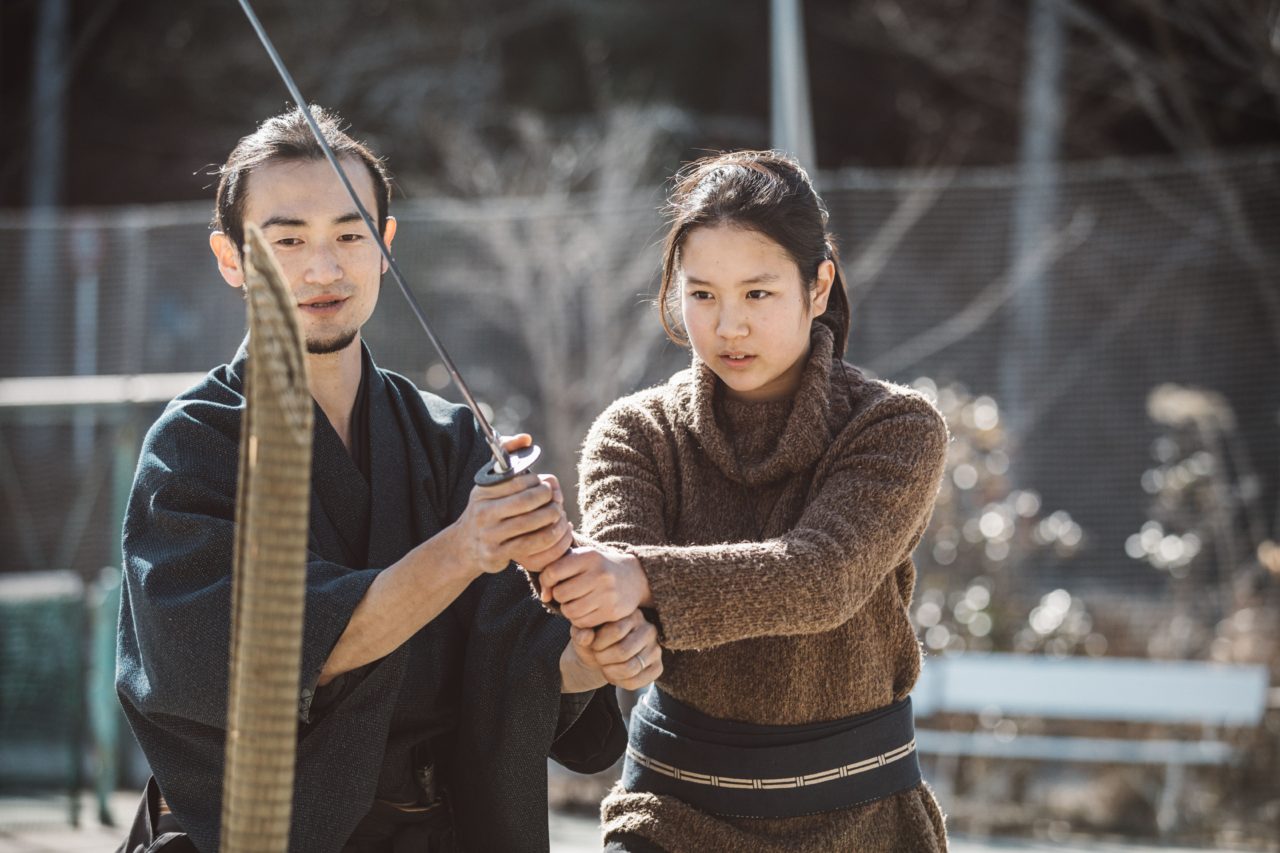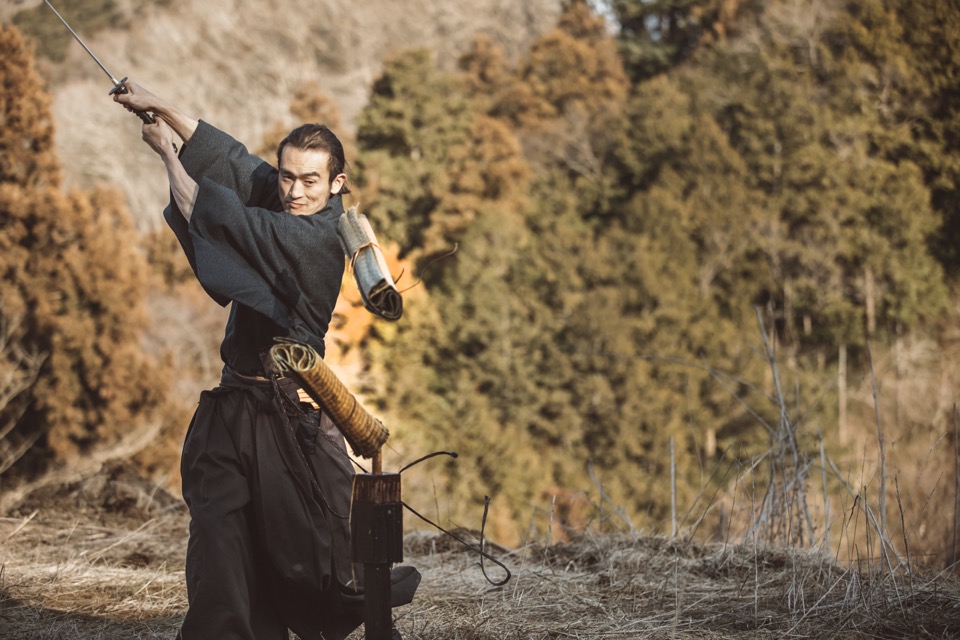
Japanese Samurai Experience
・・・Japanese Samurai Experience・・・
This workshop introduces Bushido (the way of the warrior), the moral code that shaped the attitudes, behavior, and lifestyle of samurai. These warriors, who dominated Japan from the late twelfth century until the abolition of their class in 1876, were educated in the arts and philosophy as well as fighting. Samurai were expected to be not only warriors but also cultured individuals who practiced activities such as meditation and “the way of tea” (chanoyu). The workshop therefore introduces these cultural activities alongside todo (the way of the sword), a sword martial art. It offers hands-on experiences using traditional swords under the instruction and supervision of skilled swordsman and samurai expert Goto Yusuke.
Goto runs the workshop at Yuzu no Ie, a traditional-style farmhouse in a quiet hamlet in the Fujino area. When the weather is good, the workshop is held outdoors in the garden. Goto holds the rank of fifth dan (fifth-degree black belt) in todo and performs samurai traditions, with more than 16 years of experience in swordsmanship. He explains the history and use of Japanese swords, including their importance to samurai.

Participants begin by changing into traditional clothing, which includes a kimono, obi belt and hakama (loose trousers). Several color choices in a range of sizes are available for men and women. Next, participants join a simple Japanese tea gathering at which they are served traditional sweets and Kyoto Uji matcha. (Kyoto Uji matcha is a top-quality matcha made from young first-plucked tea leaves grown in Uji, a city south of Kyoto.) Goto then explains the various parts of the sword, including the tsuka (hilt), tsuba (hand guard), and saya (scabbard). Some of the swords in Goto’s collection are hundreds of years old.
Goto’s presentation on the swords is followed by stretching and Zen meditation. This helps participants warm up their bodies, clear their minds, and focus on the task ahead. Participants then take Goto’s lead in practicing techniques to help them become comfortable wielding a sword. They receive advice on holding, drawing, and swinging the sword, as well as how to stand when attacking and defending.
Participants use special training swords with a blunt edge for safety. The swords make a swooshing sound if a stroke is made correctly. Once the training is complete, participants can use sharp swords on targets made of water-laden reed mats to approximate the feel of a human body. With correct technique, the sword will cut through the mats with ease.

Goto closes the workshop by demonstrating several aspects of samurai culture, including a performance on a shakuhachi flute and a display of his expert sword technique.
